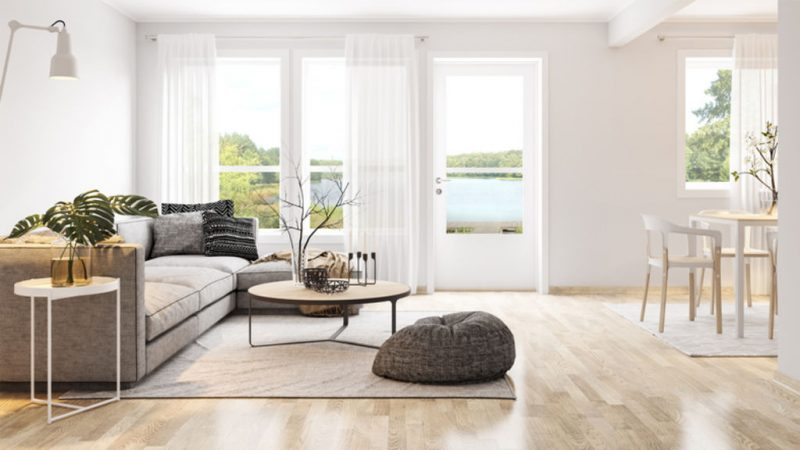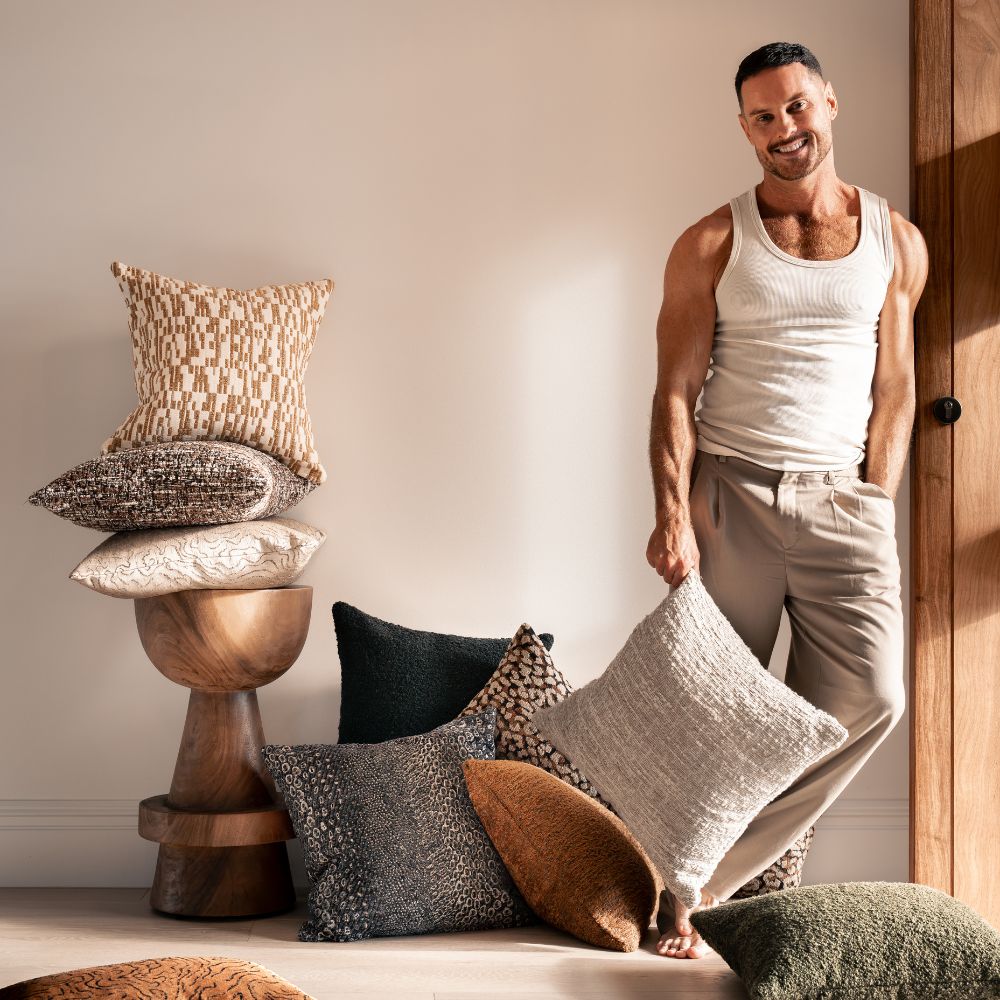Darren Palmer reveals the styling mistakes you don’t know you’re making


Create zones in large rooms by bringing furniture together. Photo: iStock
I always have trepidation at being invited into people’s homes, which they are really proud of, and asked what I would judge them out of 10 just like I do on The Block.
Unfortunately, I often have to politely skirt around the fact that, more often than not, people unwittingly make the same styling errors.
Here are a few of the most common mistakes and what you can do to simply resolve these spaces – before you ask me over for a cup of tea and a cheeky assessment of your hard work.
The problem: Coffee tables that are too small. So often I’ll see a small or medium-sized coffee table floating a distance away from the couches, or out of reach of some or all of the seating. It looks stingy.
The solution: Measure how much space you have between all your sofas and seating to mark out a rectangle or square of available space for the coffee table. You need between 400 and 500 millimetres between the edge of a sofa or chair to the edge of the coffee table.
That means that if, for example, you have 2.2m x 2.2m of available open space you can ideally fit a coffee table around 1.2m x 1.2m. Most people’s instincts will say it’s too big, but this large central element is something to catch the eye, arrange engaging vignettes and is within practical reach for best everyday use.

So often I’ll see a small or medium-sized coffee table floating a distance away from the couches. Photo: iStock
The problem: Pushing furniture to the walls. The impulse is to create as much floor space as possible to try to create a larger looking room. Unfortunately, the opposite result is often the case.
The solution: Create zones in large rooms by bringing furniture together, anchored by a rug, art or light, or any or all of these elements. Having an unfilled area around the furniture looks like you have the luxury of space. You’ll be surprised how much bigger your room will feel by just giving your furniture some physical and visual breathing space.
If you have a larger room, consider moving your sofa 600 millimetres or so away from the wall and placing a console table behind. This gives you another plane to build styling vignettes and to place lamps or tall plants, floral arrangements or sculptures, providing valuable height to create forced perspective.

Group your favourite things together in considered vignettes. Photo: Shannon McGrath
The problem: Rugs that are too small. The same issue we have with coffee tables occurs with most furniture and styling items. When considering the right size, if you’re unsure then going small must be better? Wrong.
The solution: A rug should, at least, fit under the front legs of all your lounge seating. Ideally, if you have a sofa flanked by a side table either side the rug will either allow the side tables to sit on the floor next to the rug or, more ideally, on the rug next to the arm of the sofa, but make sure side tables don’t end up half on and half off the rug.
When it comes to my personal approach to rugs, as long as there is a border of visible floor around the perimeter of the room of approximately 400-500 millimetres then the rug can never be too big.

Simple grouping will unite your favourite pieces for best impact. Photo: iStock
The problem: Spreading things randomly across a space. So many lovely things. So many empty spaces. So many attempts to place a thing here and a thing there so that all the lovely things you own can be seen and enjoyed. It’s a recipe for clutter.
The solution: Group your favourite things together in considered vignettes. A simple equation for a styling vignette is a stack of books, a candle, something with life like a plant or flowers, some of your favourite decor items from your travels, a lamp or a sculptural piece with height (a vase of flowers applies) all placed in front of a mirror or artwork on the wall. This simple grouping will unite your favourite pieces for best impact.
Darren Palmer is a judge on Channel Nine’s The Block, Sundays at 7pm.







Leave a comment